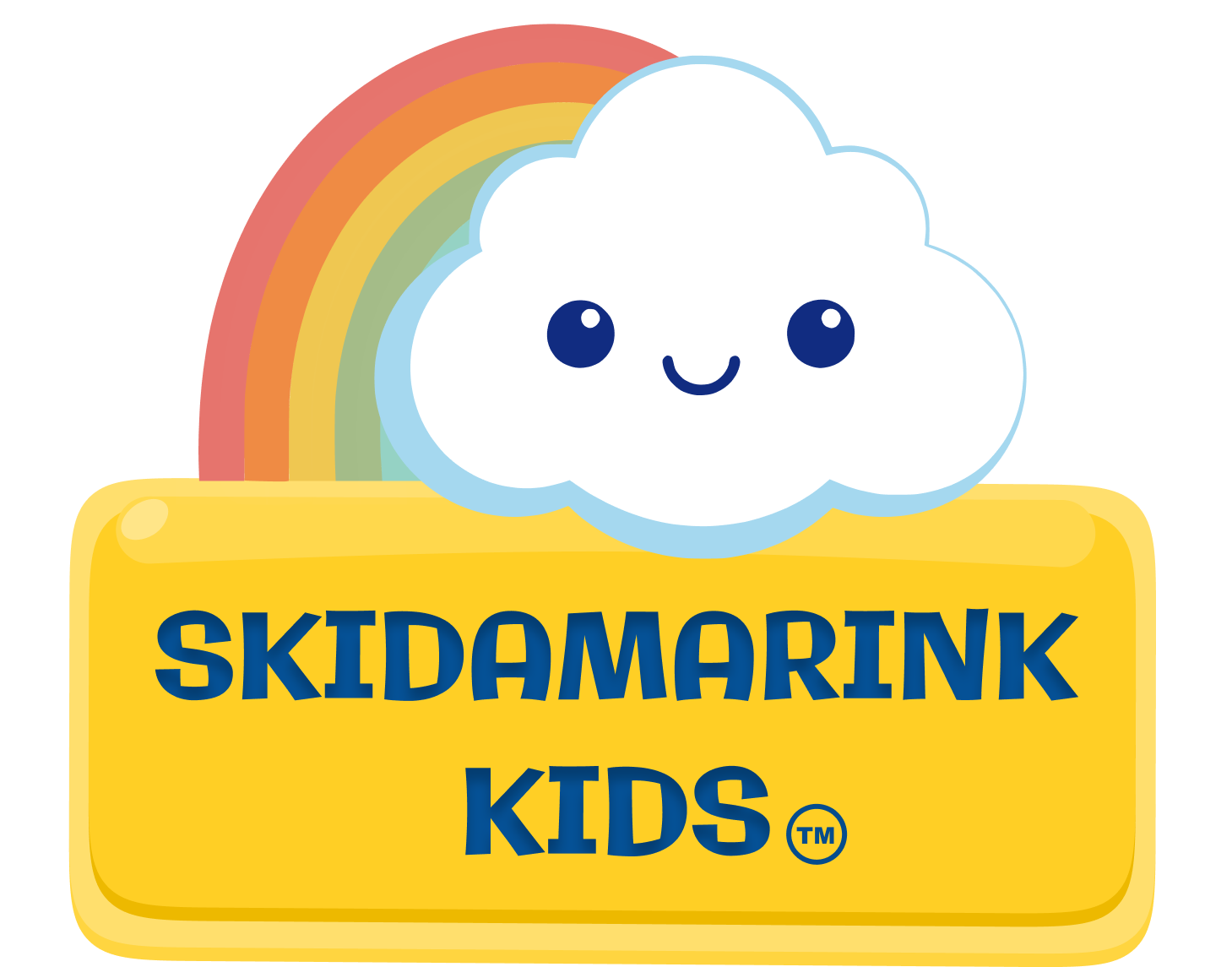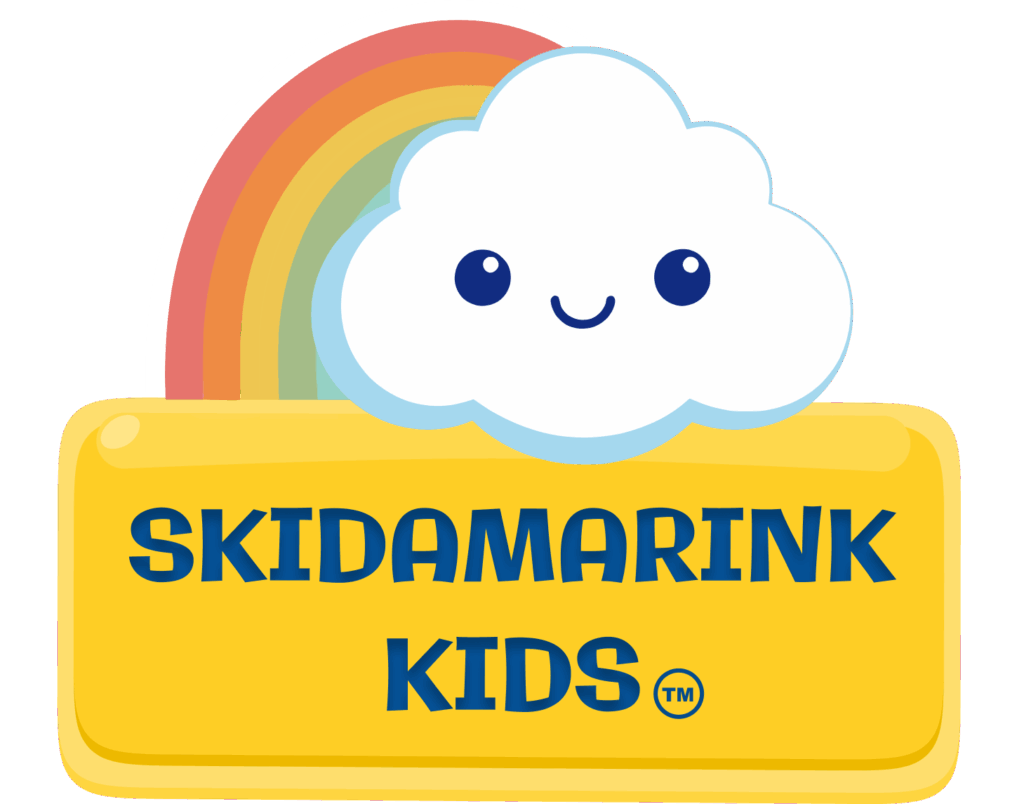Normal Baby Feeding Patterns
Understanding your baby’s feeding can feel overwhelming as a new parent. You watch every movement and listen to every sound, wondering if everything is okay. Learning about baby sucking patterns helps ease those worries. While every baby is unique, there are common rhythms that show your little one is feeding well.
Recognizing healthy baby sucking patterns gives you confidence during those early weeks and months. When you know what to look for, you can tell if your baby is getting enough nutrition and spot when something needs attention. This knowledge helps both breastfeeding and bottle feeding parents feel more secure as they navigate this new journey.
Normal baby feeding patterns change as your little one grows. What’s typical at two weeks looks completely different at two months, and understanding these changes prevents unnecessary worry. Let me show you what healthy rhythms look like at different stages.

Breastfeeding Baby Sucking Patterns
When your baby breastfeeds effectively, you’ll notice a beautiful rhythm in their feeding. At the start of each session, they do quick, short sucks that stimulate your let-down reflex. Sarah, a first-time mom, describes this as “like little butterfly kisses that tell my body it’s time to let the milk flow.”
Once your milk starts flowing, your baby transitions to a steady rhythm of about one suck per second. You’ll see them pause briefly every few sucks to catch their breath. This is completely normal and shows they’re pacing themselves well.
Watch your baby’s jaw movement during feeding sessions. You should see rhythmic motion in the muscle from their lower jaw to their ear during deep sucking. You’ll notice a wave-like movement starting at your baby’s chin edge that travels down their throat as they suck and swallow. Your baby’s cheeks should look full but not deeply dimpled while feeding. These are all signs of effective nursing.
The typical pattern goes: suck-suck-suck-swallow. Some babies take brief pauses after every few sucks, while others do longer stretches before pausing. Both are completely normal! Tom and Lisa noticed their daughter Emma would suck 10-12 times before taking a little break, while their friend’s baby preferred shorter bursts of 3-4 sucks. These individual variations are what make each baby unique.
Check out our blog Breastmilk Time of Day: What New Moms Should Know to learn how breast milk changes throughout the day.
Bottle Feeding Baby Sucking Patterns
Bottle fed babies also have natural feeding rhythms that show they’re doing well. When they’re feeding effectively, you’ll see patterns of sucking and swallowing with brief pauses in between. Miguel and Kate share that their son Lucas “takes about 5-6 sucks, then stops for a breath before starting again.” This paced approach is typical for bottle feeding.
A comfortable, well-paced bottle feed usually takes 15-20 minutes from start to finish. Your baby might take longer breaks between bursts compared to breastfeeding, and that’s perfectly fine. They’re regulating their intake and taking the time they need to feel satisfied without being overwhelmed.

When Baby Sucking Patterns Change
Your baby’s feeding rhythms naturally shift as they grow and develop. During growth spurts, they might feed more frequently with shorter breaks between sessions. When tired, feeds might be slower with more pauses for rest. Alex, father of 4-month-old Noah, worried when Noah’s usual pattern changed during a growth spurt. “He went from his usual steady rhythm to wanting to feed constantly. Our healthcare provider reassured us this was normal and temporary, and sure enough, after a few days he went back to his regular pattern.”
These variations are completely expected and usually resolve on their own. Your baby is simply responding to their changing nutritional needs and energy levels.
Signs of Effective Feeding
Regardless of breast or bottle feeding, here are signs showing healthy baby sucking patterns:
- Baby looks relaxed while feeding
- Their hands become progressively more open
- You can see and hear them swallowing
- They take natural pauses and return to feeding when ready
- Baby comes off the breast or bottle looking satisfied and calm
These signs together paint a picture of a baby who’s feeding well and getting what they need. Trust these cues more than the clock. Your baby knows what works for them.
Bottom Line
Your baby is learning to feed just as you’re learning to feed them, and it takes time for both of you to find your rhythm together. This learning process is completely normal and expected. If you’re ever unsure about your baby’s feeding, don’t hesitate to reach out to your healthcare provider or a lactation consultant. They’re there to support you on this journey and can offer personalized guidance.
Trust that you and your baby will develop your own unique feeding dance. What matters most is that your little one is growing, thriving, and showing signs of contentment. Normal baby sucking patterns vary from child to child, and that’s exactly as it should be.
Don’t worry if it takes a few weeks to learn your baby’s specific rhythms and preferences. Every parent goes through this learning process. Observing how your baby feeds gets easier with practice. Soon you’ll instinctively know exactly what’s normal for your little one and those early worries will fade into the background as confidence takes their place.
Want more help on feeding support for your newborn?:
Check out our blog, Baby Hunger Cues: How to Know When Baby Is Hungry or Full to better understand feeding cues or check out Comfortable Feeding Positions for Breast and Bottle Feeding to discover comfortable feeding positions for newborns! Learn the best breast and bottle feeding holds to reduce stress and create peaceful bonding time.
Note to Parents
This blog is for informational purposes and not medical advice. My desire is to help you do what you can to support your child’s development in a natural way. Please reach out to your child’s pediatrician if you have developmental concerns.
– Ali








